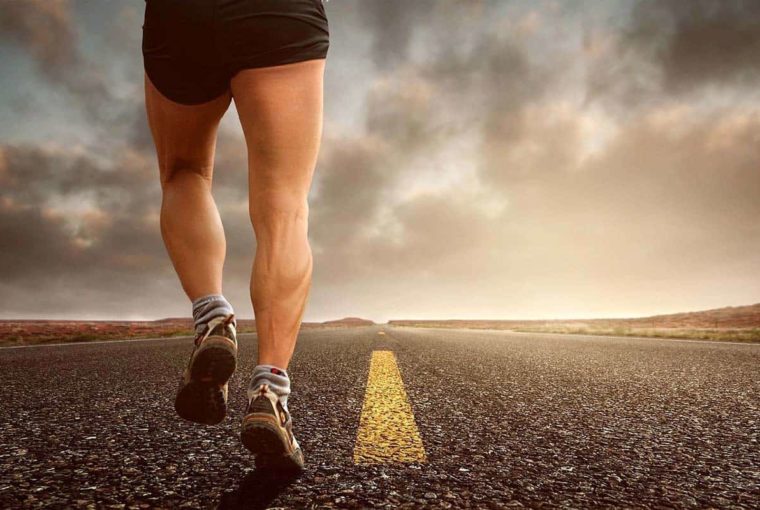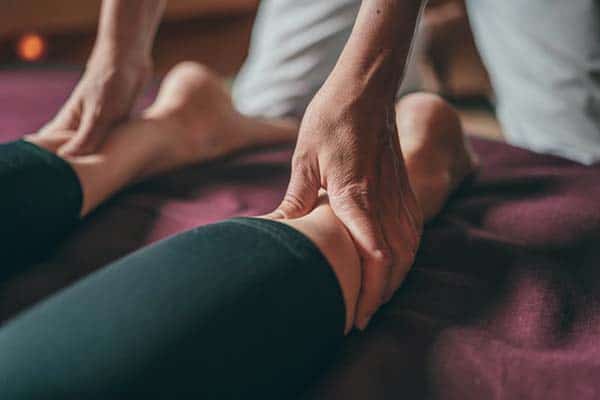The network of veins in the body are responsible for the route that the blood takes. It helps deliver oxygen and nutrients to the different parts of the body. Venous diseases can occur and lead to circulatory disorders that can affect this routine.
Types Of Vein Diseases
Below are some of the most common vein disorders:
1. Varicose Veins
One of the most common venous diseases are varicose veins. Varicose veins are large and discolored veins visible on the legs and ankles. Not only are they unsightly, they can also cause pain and discomfort. They’re not merely cosmetic problems, unlike some may think, because the blood that pools can clot and slow down regular blood flow. If left untreated, they can progress to swelling, restless leg syndrome, or a much worse condition such as venous thrombosis. They may also harden the skin and lead to ulcers.
Seeking a varicose vein treatment clinic will help you manage your venous condition. You can get the minimally invasive and personalized treatment that won’t even take the whole day. Effective management of varicose veins will help you prevent them in the future.
2. Spider Veins
They’re small and thread-like veins that may occur mostly on the legs and the face, chest, and hands. They’re reddish to purplish and may be mild symptoms of underlying venous conditions. Spider veins are also caused by the unhealthy valves inside the veins when they can no longer bring blood upwards. Both men and women can develop these kinds of venous conditions.
3. Chronic Venous Insufficiency
There are valves in the veins that allow blood flow upwards to run through series of venous networks in the body, including the heart. Failure at the valves can prevent the proper blood flow and start to pool at the bottom. While chronic venous insufficiency is not life-threatening but it can cause disabling pain.
4. Superficial Thrombophlebitis
When the veins become inflamed due to blood clotting, it causes limb pain, redness, warmth, tenderness, hardening, and the vein’s darkening. Superficial thrombophlebitis can occur at the legs, neck, and arms. If you have the following conditions or risk factors below, you’re more likely to develop this venous condition:
- Varicose veins
- Obesity
- Pregnancy
- Smoking
- Infection
- Over the age of 60
- Cancer treatment irritation
- Recent IV, injection, or catheter
5. Deep Vein Thrombosis
It’s another type of blood clotting that occurs at the deep vein in the leg. Signs of deep vein thrombosis include swollen veins that are red or hardening, pain, tenderness, cramping, and discomfort when standing or walking. In severe cases, you may cough up blood, feel shortness of breath or rapid breathing, sharp pain in the chest, and extreme lightheadedness. It’s essential to call a Varicose Veins Specialist located in Phoenix when you experience the mentioned symptoms as DVT can be fatal.
Venous Disease Prevention
Avoiding venous diseases is easy but must be a constant habit. Most of the time, you don’t even need to spend so much on self-care to slow down the development of new venous conditions. If you’re among the individuals who are likely to get them, the following will help you stop these conditions from forming:
Elevate Your Legs
It’s essential to rest your tired legs after much walking, running, or standing. Raise your legs above the heart at least a few inches. Do this up to three times a day. If it’s not possible, raise your legs as much as you can any time of the day. It’ll help ease your veins from overworking by giving natural gravity a boost.
Exercise
Getting some light to moderate exercise can help improve blood circulation and strengthen your legs. Walking up to 30 minutes a day helps build up a good habit of physical activity. You can gradually increase the time you go walking daily. Exercise helps maintain or lose weight, as it can ease the pressure on your legs. Some venous diseases may require surgery, but you can get back into shape after the procedure by exercising. It would help if you had a wellness guide to help you get back on your feet.
Quit Smoking
Smoking doesn’t only cause lung cancer. It also restricts blood vessels that lower the supply of blood to the skin. Smoking can cause many health problems, and stopping or avoiding the habit can reduce the likelihood of developing more venous conditions.
Cut Back On Salt
Salty and fatty foods can inhibit your general well-being. Avoid foods with a lot of salt to lower the risk of water retention that can add further pressure to your veins. Instead, eat fibrous foods that can help your digestive system for weight management.
Wear Compression Socks Or Stockings
Standing and walking can put pressure on the legs. By wearing compression socks or stockings, your legs can receive support and improve blood flow. Wearing them also helps manage the pain and swelling of existing varicose veins.
The Bottom line
Venous conditions or diseases can happen to anyone and be made worse with various factors. But you can do yourself a favor and observe preventative measures to avoid getting spider veins and varicose veins. They can eventually escalate to something worse if left untreated. They’re not just for the appearance of your skin but your overall health as well.





